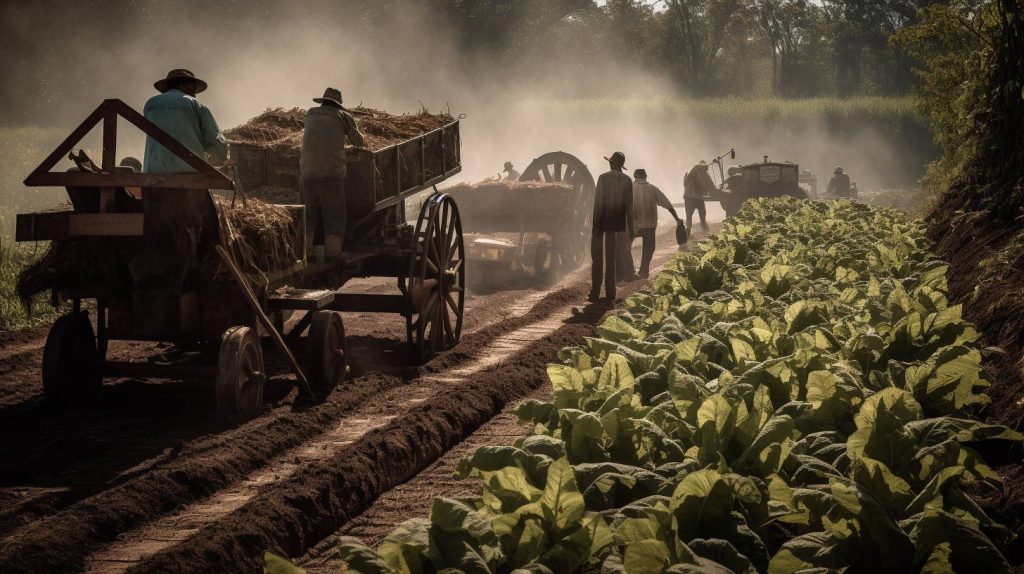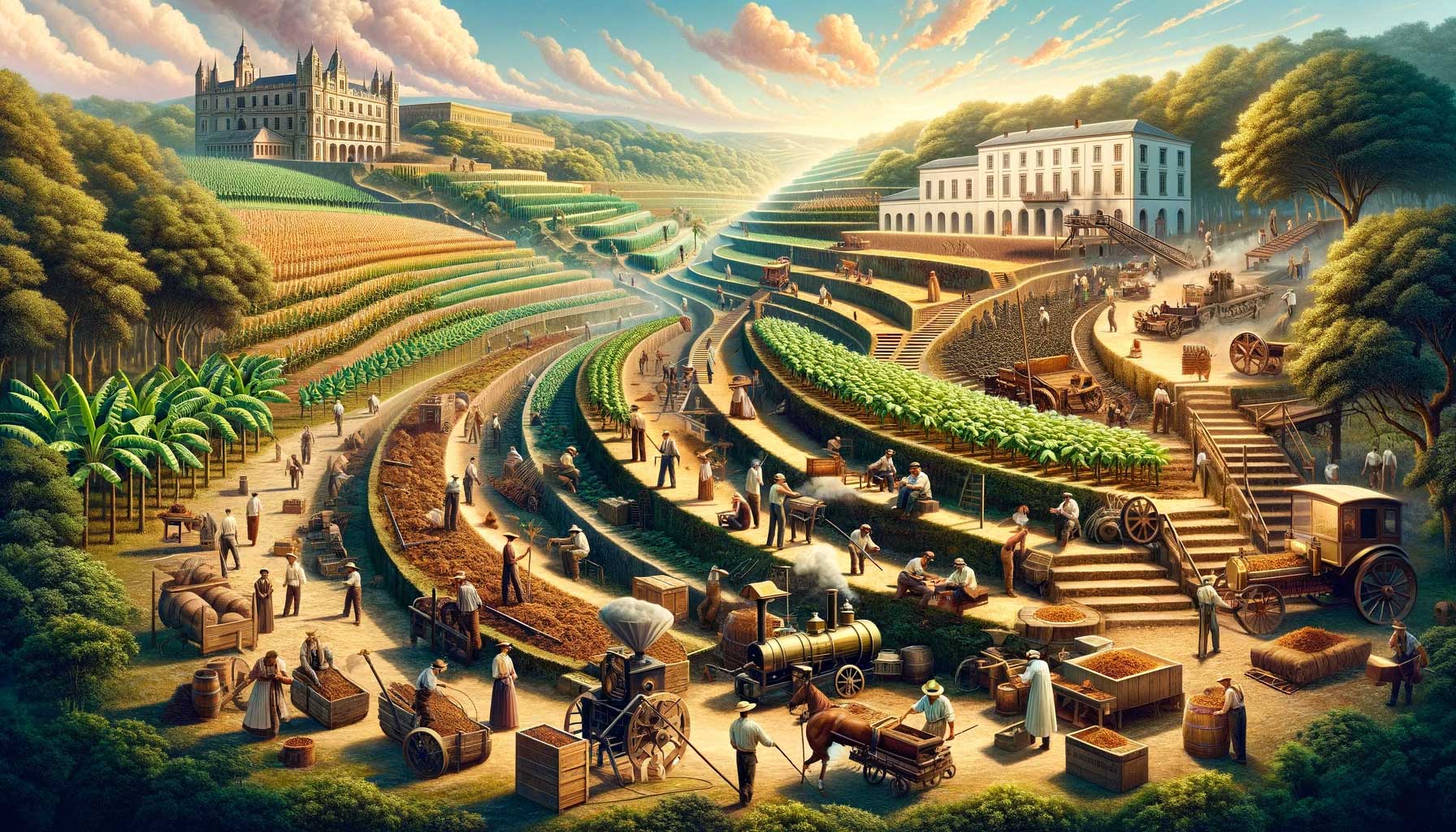Introduction
Tobacco, a plant integral to the histories and cultures of many societies, has evolved from a ritualistic element to a global commodity. This article explores its journey from ancient times to modern-day implications.
1. Origins of Tobacco
Tobacco’s journey began in the Americas, where it was cultivated by indigenous peoples as early as 6000 B.C. Archaeological evidence suggests that Native Americans used tobacco in various rituals and for medicinal purposes. This period marks the genesis of tobacco’s global story, emphasizing its deep-rooted cultural significance.
2. Tobacco in Ancient Cultures
In ancient American cultures, tobacco was more than a crop; it was integral to religious ceremonies and social gatherings. The Mayans and other civilizations depicted tobacco in their art and mythology, highlighting its revered status.
3. The Arrival of Europeans
Christopher Columbus encountered tobacco during his 1492 voyage. The introduction of tobacco to Europe marked a pivotal shift, with its popularity rapidly spreading. By the late 15th century, it was widely used across Europe for its supposed medicinal properties.

4. The Global Spread
The 16th and 17th centuries saw tobacco becoming a valuable trade commodity. Its cultivation spread to Asia and Africa, transforming global economies. By the 17th century, tobacco farming had become a significant economic driver in colonies like Virginia.
5. The Industrial Revolution and Tobacco
The Industrial Revolution in the 19th century revolutionized tobacco production. The invention of the cigarette-making machine in 1881 led to mass production, making cigarettes widely accessible. By the early 20th century, billions of cigarettes were being produced annually.
6. Cultural Significance of Tobacco
Throughout history, tobacco has been a symbol of status, rebellion, and even sophistication in various cultures. In the 20th century, it became a staple in entertainment and advertising, shaping public perception and culture.
7. Health Discoveries and Controversies
The 20th century also brought a growing awareness of tobacco’s health risks. In 1964, the U.S. Surgeon General’s report officially linked smoking to lung cancer, leading to a seismic shift in public perception and policy.
8. Modern Regulations and Policies
In response to health concerns, governments worldwide have implemented policies like smoking bans, high taxes, and strict advertising regulations. These measures have led to a decline in smoking rates in many countries.
9. Current Trends in Tobacco Use
Despite these efforts, tobacco use remains high globally. The World Health Organization reports that as of 2021, there are approximately 1.3 billion tobacco users worldwide, with over 8 million deaths annually linked to tobacco use.
10. The Future of Tobacco
The future of tobacco is uncertain, with trends like vaping and heated tobacco products gaining popularity. The industry faces challenges from increasing regulation and changing public attitudes, but also opportunities in emerging markets and alternative products.
Conclusion
The history of tobacco is a story of cultural, economic, and health dimensions, reflecting its complex role in human societies and the ongoing debates surrounding its use.
Frequently Asked Questions (FAQs)
When did tobacco first become popular in Europe?
Tobacco gained popularity in Europe in the late 15th century after being introduced by explorers returning from the Americas.
What impact did the Industrial Revolution have on tobacco consumption?
The Industrial Revolution, particularly the invention of the cigarette-making machine in 1881, dramatically increased tobacco production and consumption.
How has the perception of tobacco changed over time?
Initially seen as medicinal, tobacco’s perception changed drastically in the 20th century with the discovery of its health risks, leading to increased regulation and declining popularity in many regions.
What are the current global trends in tobacco use?
As of 2021, there are approximately 1.3 billion tobacco users worldwide, with a noticeable shift towards alternatives like e-cigarettes, especially among younger populations.


1 Comment